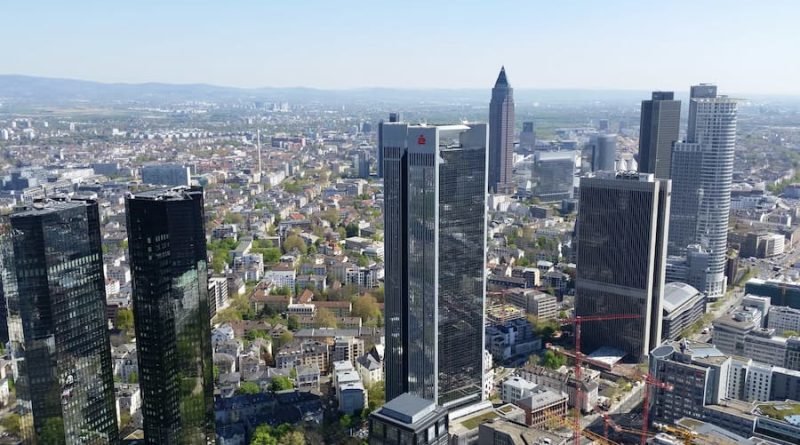5 City Improvement Trends Shaping Our Modern Cities
Today, more and more people are living in cities. Space is becoming a premium, making it necessary for cities to reshape their infrastructure and systems. Many embrace technology that improves efficiency while reducing costs and driving sustainability. Here we look at five trends that redefine our modern cities.
1. Renewable Energy
Renewable energy is a growing industry and you can find it in many forms. For example, solar panels convert sunlight into electricity; wind turbines capture the power of the wind to generate electricity; hydroelectric dams convert falling water into hydraulic. Using renewable resources means we’re helping reduce our reliance on nonrenewable resources like coal and oil, which pollute the environment when they burn up pads and produce harmful waste products like greenhouse gases (a significant contributor to climate change).
2. Smarter Infrastructure and Systems
The future of infrastructure and systems will be bright. This means integrated systems that make our cities more efficient, sustainable, and habitable.
Intelligent sensors are already being used in streetlights, parking meters and traffic lights. The next generation of intelligent infrastructure will also include water management systems connected to buildings through pipes with embedded sensors (bright water), energy grids with distributed sensors that control power output based on demand (intelligent energy), waste collection bins that notify sanitation crews and storm sewer engineers when they need support.
3. Artificial Intelligence (AI) and Robotics
One of the biggest trends in city improvement right now is AI. The technology is being used to improve traffic flow, public safety, public transportation, and even city planning and operations. For example, an AI-powered system that analyzes traffic patterns at different times of day to recommend optimal routes for commuters – helping them avoid congestion while also providing data that city planners can use to improve traffic flow over time.
4. Transportation
Transportation is another area where cities are improving. In the last few years, electric car adoption has skyrocketed. This can be partially attributed to Tesla’s popularity and their introduction of the Model 3 (a more affordable electric car) because of new regulations in many cities that have required specific emissions standards for vehicles.
Meanwhile, public transportation is becoming more popular thanks to ride-hailing services like Uber and Lyft. These services have made it easier than ever for people without cars (such as visitors or people living in urban areas) to get around town without finding parking spaces or spending a lot of money on taxis or Ubers.
5. More cities are becoming more intelligent, cleaner, and greener.
To reduce their carbon footprint, cities worldwide turn to renewable energy sources and harness clean technology. Cities such as Amsterdam, Copenhagen, and even small towns are embracing the Smart City concept, which enables them to build more innovative infrastructure systems, gather data on citizens’ needs, use AI and robotics – and ultimately improve quality of life by making cities greener and cleaner places in which everyone can live sustainably.
Accordingly, urban planners are thinking about transportation differently as well. For example, more “walkable” cities with integrated public transit systems that connect people with jobs will help reduce greenhouse gases emitted by cars while increasing community health due to increased physical activity among citizens.
Conclusion
Look at the trends shaping cities today, you’d be hard-pressed to look at the same world. No longer is it enough to build a ” smart ” city. Instead, more and more towns use technology to become cleaner, greener, and brighter.

